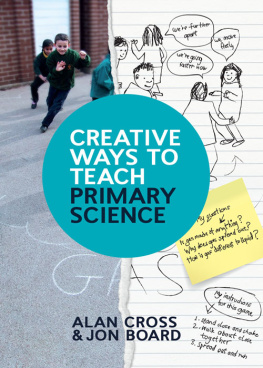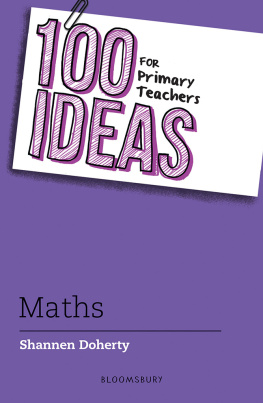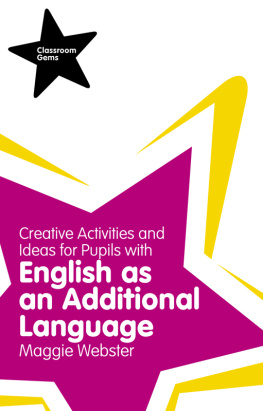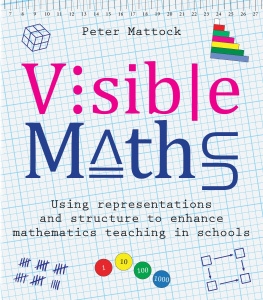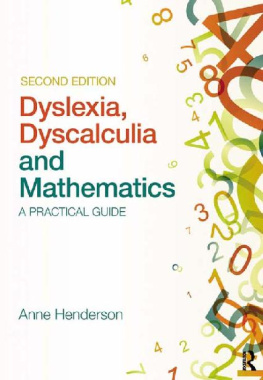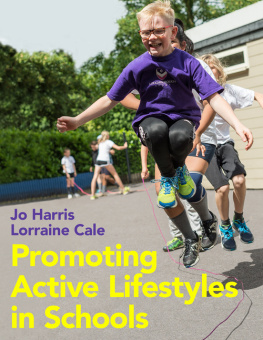A Creative Approach to Teaching Calculation
A Creative Approach to Teaching Calculation
The what, why and how of teaching calculation and number in context
by Josh Lury

Contents
This book is called A Creative Approach to Calculation. What is a creative approach and why calculation?
A creative approach is about:
Developing a physical and visual intuition about number,
Encouraging pupils to forge links between their ideas and develop conceptual understanding,
Capturing pupils curiosity and innate logical reasoning.
The ideas in this book are designed to be rich and engaging but very simple to implement. The creativity is in the approach to number and the harnessing of pattern. There is no need to spend hours making complicated resources many of the activities require only pencil and paper.
This book is built around five strong core values:
Calculation is a gateway to outstanding learning for pupils in mathematics.
Conceptual understanding is important for all pupils.
All pupils are valued as mathematicians they are the centre of their own learning.
Mathematics can be taught in a physically, visually and conceptually rich way for all pupils.
All pupils and teachers can enjoy maths more, find it more interesting, and develop their mathematical esteem.
This book will show you how pupils can learn more than just how to use calculation methods they will learn why and how they work. So, just as many of us (I include myself in this list!) can drive a car without knowing what all the components are and do, we are left in a pickle as soon as it breaks down or an unknown warning light comes on. The ideas in this book will help teachers and pupils to look under the bonnet in order to understand how the engine works, how to tune it and how to borrow parts to make other engines work too!
It is very easy to feel disenfranchised by mathematics as if you are having maths done to you. Mathematics is a vast and ancient subject. Numbers are infinite. Mathematical symbols scrawled across a lecture theatre can appear cold, arcane, and even threatening. One key aim of this book is to put the pupil at the centre of their own mathematics: having and testing ideas, manipulating numbers flexibly in order to make them do what they want them to do, making connections and bouncing back from mistakes. The pupils become the mathematicians, and they shape the maths around them.
The approach is to give pupils a sense of mathematical empowerment. It would be impossible to force everyone to love the subject as I do, but I want to help pupils feel that they can achieve, investigate and enjoy the challenges posed by mathematics. And then I hope more people will like maths more than they might have done before, and its joys and beauties will be shared by more human beings!
I was never any good at maths.
You will have heard this sentence, or perhaps said it yourself; it is a belief held by many adults. Some say it with a sense of shame, some wear it as a badge of honour, many are glad they never have to look at a maths textbook ever again. For some adults, even some who feel they were good at maths at school, the idea of being given a maths question to answer on the spot prompts a fear-reaction and a sense of being judged. Not all adults feel like this but a great many do.
Ask yourself:
What would you like your pupils to say about themselves in relation to maths? What if you asked them this tomorrow? What about in twenty years time?
Ask your friends, family or colleagues: Are you good at maths? How do you know?
Ask your pupils the subtly different question: When do people do their best maths? When do they do their worst maths? How do you think professional mathematicians do maths?
The thing about maths is, its either right or wrong.
It is difficult to imagine someone developing an interest in maths despite always getting the wrong answer. Its unlikely you will overhear someone saying Oh I just love long division. I always get the wrong answer, but there is something just thrilling about the whole process. The perception of maths as methods to be learnt in order to get the right answer is deep-rooted. The activities in this book are about much more than finding the right answer. They often have many different possible solutions or no right or wrong answer at all. The point is for pupils to lose the fear of being wrong and learn by exploring, investigating, and thinking in depth.
When will I ever need to know this in real life?
Although many people wont use formal algebra or trigonometry once they leave school, there are some skills that maths develops which will be vital: noticing patterns, solving problems, checking solutions, trying different approaches, explaining reasons and thinking logically.
This book is designed to be practical and to be used flexibly. It will remain relevant to any curriculum or scheme of work as it is impossible to imagine calculation ever being dropped from a programme of study. Also, care has been taken to make sure the activities are relevant to pupils of any age and ability in KS2 (though could also be used in both KS1 and KS3) and contain modifications for how to differentiate them through challenge and support.
The activities are designed to be highly engaging and rich in mathematical content, and to prompt pupils to develop a deep conceptual understanding of calculation, rather than learning processes to follow without any real engagement. Some teachers will choose to dip into this book for lesson ideas and activities for groups of their pupils. Others may use the structure of the book to support longer-term planning.
The activities can be adapted for use in lessons in a number of ways:
As whole-class lessons The activities can be used with a whole class as part of a sequence of sessions teaching calculation. They contain notes for a variety of questions that can be used for a range of abilities, as well as notes for how to organise and engage the class.
To support differentiation the activities could be given to a group to support or enhance their learning within a lesson.
Supporting specific pupils or groups the activity notes could be given to a TA or used by a teacher for a guided group session, especially for assessment.
For assessment the activities can be used at the beginning or during a sequence about teaching to make a formative assessment to inform what the pupils next steps are, or at the end of a sequence, to make a summative assessment of what they have learnt.
There are a range of different activities used throughout the book. Each activity is based around the following principles:
Pupil engagement;
Going beyond simply getting the right answer;
Rich mathematical content.
The activities are categorised by how they can be used in school, though each activity can be adapted for a range of different purposes, both in and out of class.
Investigation: Each of these is built around a rich mathematical context. There are patterns and surprises for pupils to discover and explore. They will come up with their own theories and this will lead to further discussion, especially when the theories arent correct. This will help build a sense of moving beyond one right answer.
Outdoor learning: Pupils are often motivated by the outdoor environment, and going outside offers an excellent opportunity for pupils to develop a physical sense of number and calculation.
Quick activity:
Next page


